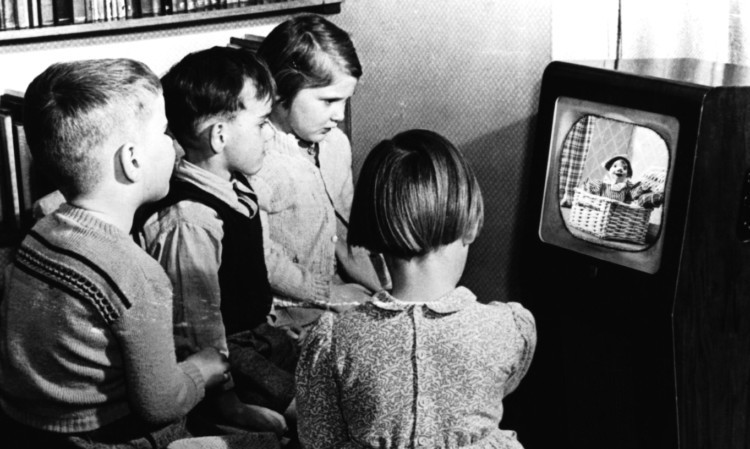Many of us unwrapped shiny new TVs, tablets and smartphones over Christmas but a hardy band of vintage viewers are clinging on to much older technology.
Figures released by TV Licensing Scotland show just over 700 homes still have black-and-white television sets.
Viewers in Courier country are among the most nostalgic harbourers of the beloved boxes. Glasgow and Edinburgh may have the largest number of homes with black-and-white television licences, but four of the towns and cities in the top 10 are in the east.
Dundee has the third highest number of black-and-white sets in Scotland, with 26 licences. Perth (15), Dunfermline (12) and Kirkcaldy (9) all feature in the top 10.
At the turn of the millennium, 212,000 black-and-white licences were issued in the UK but by 2003 that number had shrunk to 93,000. In 2006, the number fell to less than 50,000 and today just 11,550 are in use.
A black-and-white licence costs just £49 compared to a £145.50 colour TV licence.
Burntisland’s Museum of Communication has an array of the old TV sets dating from the 1930s to their demise in the 1980s.
Jim McLauchlan, who has carried out restoration on old sets at the museum since the 1990s, said: “I’m surprised at the number of black-and-white licences, given the end of analogue, and imagine most of these sets would be the more reliable portable televisions from the 1980s as large-screen sets would have met their demise by now, due to the lack of spares.
“Aside from the cost of a licence, reasons to keep using a black-and-white TV could be to watch purely news broadcasts or some may have a nostalgic attachment to black-and-white while others may not see the need for replacing their television if it still works.”
Are you still watching in monochrome? Tell us why in the comments below or email news@thecourier.co.uk.
